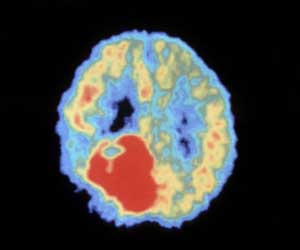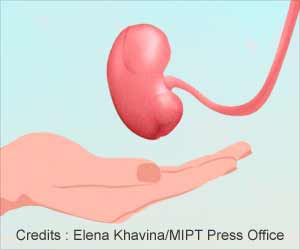Researchers in Japan have provided a deeper insight over how brain is involved in the process of crucial decision making.

To observe the role of each part, the researchers hooked up tiny electrodes to rats' brains. These electrodes measured how frequently neurons in each section fired during a task, in which rats picked between two holes based on the probability of getting a sugar pellet reward. The researchers found that while the three striatum regions have distinct roles, they work together in different phases during a trial.
The ventral striatum (VS) was most active early on, when the rat decided whether it would participate in the activity or not, while the dorsomedial striatum (DMS) changed firing levels as the rat evaluated the expected reward for each option while making a decision to turn left or right; and the dorsolateral striatum (DLS) fired short bursts at a variety of times throughout the task, suggesting the involvement with the control of fine motor movements. This was similar to a company's president deciding to make a new product, middle managers evaluating different design and sales options, and employees building specific parts.
The study has been published in The Journal of Neuroscience.
Source-Medindia













